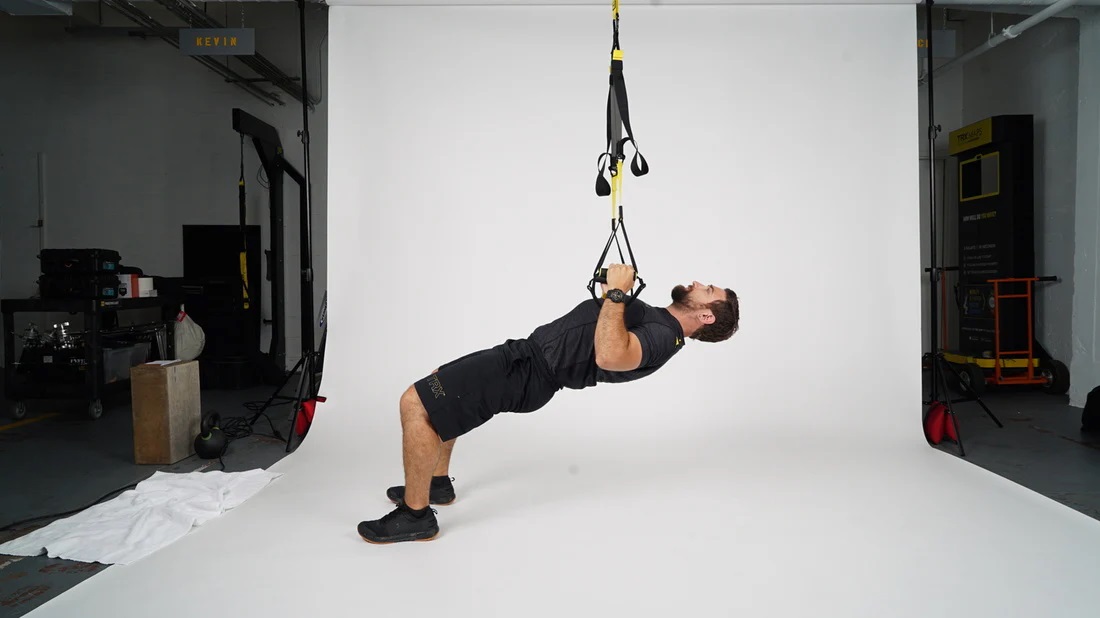Suffering from a dislocated shoulder, often caused by sports injuries, falls, or unforeseen accidents, can be an intensely painful and unsettling experience. Prompt and appropriate treatment is crucial for a quick and effective recovery. This comprehensive guide delves into the intricate treatment procedures for a dislocated shoulder, with a special focus on advanced regenerative treatment methodologies.
Identifying a Dislocated Shoulder:
The ability to recognise the signs of a dislocated shoulder is paramount. Common symptoms include severe pain that is almost unbearable, significant swelling, and a noticeable and often alarming deformity in the shoulder area. The individual may find it extremely difficult, if not impossible, to move their arm, accompanied by a distressing sensation of the shoulder joint being dislodged or “popping out.” It is of utmost importance to seek immediate medical attention if there’s any suspicion of a shoulder dislocation.
Initial First Aid Procedures:
The first line of treatment following a suspected shoulder dislocation involves a few critical steps:
Immobilisation of the Affected Area: It is essential to gently support and immobilise the injured arm using a sling or any suitable material to prevent further aggravation of the injury.
Application of Cold Compresses: To mitigate swelling and provide a numbing effect to ease the pain, a cold compress or an ice pack should be applied. Care must be taken to wrap the ice in a cloth to prevent direct skin contact, which could cause ice burns.
Pain Management with Medications: Administering over-the-counter pain relief medications, while strictly adhering to the recommended dosages, is advised to alleviate the immediate pain caused by the dislocation.
Seeking Professional Medical Intervention:
For a comprehensive and effective treatment plan, professional medical intervention is indispensable. Health care professionals will typically conduct the following:
Reduction Procedure: This is a crucial step where a trained healthcare provider will carefully manoeuvre the dislocated shoulder back into its original position.
Diagnostic Imaging: Utilising X-rays or other imaging techniques to examine the extent of the injury, check for possible fractures, and eliminate the possibility of other complications.
Professional Pain Management: In certain cases, healthcare providers may administer stronger pain medications or recommend a specific pain management regimen to ease the discomfort during the recovery phase.
Integration of Regenerative Treatment Techniques:
Post-initial medical response, integrating regenerative therapies can significantly enhance the healing process:
Platelet-Rich Plasma (PRP) Therapy: This innovative treatment involves the injection of a concentration of platelets, derived from the patient’s own blood, into the injured area. This high platelet concentration can substantially aid in the natural healing and regeneration of damaged tissues.
Stem Cell Therapy: The introduction of stem cells directly into the shoulder joint can be a game-changer in repairing and regenerating damaged tissue, thus accelerating the healing process.
Customised Rehabilitation Exercises: Specific exercises, designed to gradually restore strength, flexibility, and mobility to the shoulder, become particularly effective when combined with regenerative therapy.
Post-Reduction Recovery and Care:
After the successful realignment of the shoulder joint, several measures are critical for optimal recovery:
Continued Immobilisation: Utilising a sling to provide support and stability to the shoulder during the initial stages of healing.
Structured Physical Therapy: A series of progressively challenging physical therapy exercises, aimed at restoring the full functionality of the shoulder.
Medication for Pain and Inflammation: The use of prescribed medication to manage pain and reduce inflammation during the healing period.
Application of Regenerative Therapies: Incorporating regenerative treatments, as recommended by healthcare professionals, to boost the recovery process.
Home Care and Management:
Effective home care is a vital component of the recovery process:
Ensuring Adequate Rest: It is critical to provide ample rest to the injured shoulder, avoiding activities that might strain it, and adhering to the limitations on movement as suggested by healthcare professionals.
Utilisation of Ice and Heat Therapy: Employing ice packs during the initial stages of the recovery to manage swelling, followed by the application of heat therapy at later stages to improve circulation and promote the healing process.
Elevation of the Injured Arm: Keeping the affected arm elevated, especially during rest periods, assists in minimising swelling and expediting the healing process.
Preventing Future Dislocations:
Engagement in Strengthening Exercises: Regular participation in shoulder-strengthening exercises, as advised by a healthcare professional, can significantly improve the stability of the joint.
Proper Warm-Up Routines: Adequately warming up before engaging in any physical activities, particularly sports, to prepare the muscles and joints for the impending exertion.
Use of Protective Gear: Wearing appropriate protective equipment, like shoulder pads, during activities prone to falls or collisions, offers additional support and protection to the shoulder.
Conclusion:
Managing a dislocated shoulder effectively requires a blend of immediate care, professional medical treatment, and a focus on regenerative therapies. Understanding the treatment process and engaging in the recovery journey are essential. Prompt medical care is vital for optimal outcomes.




